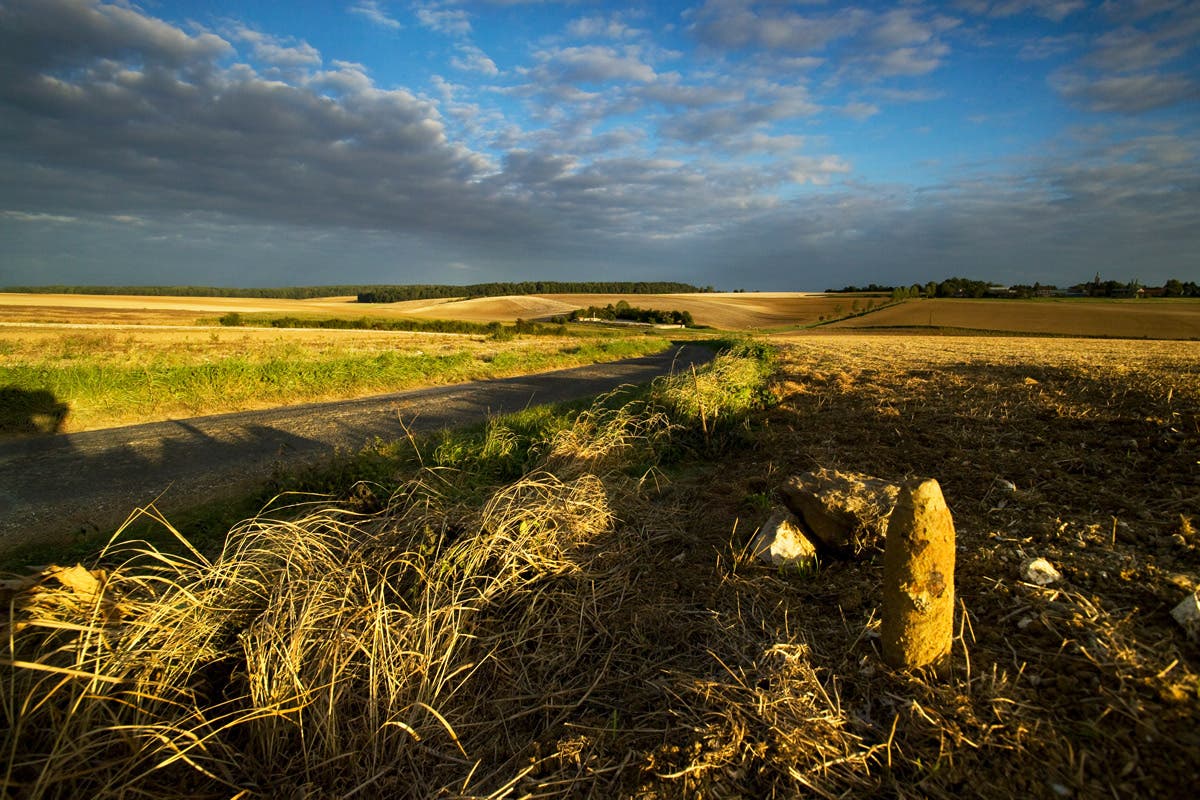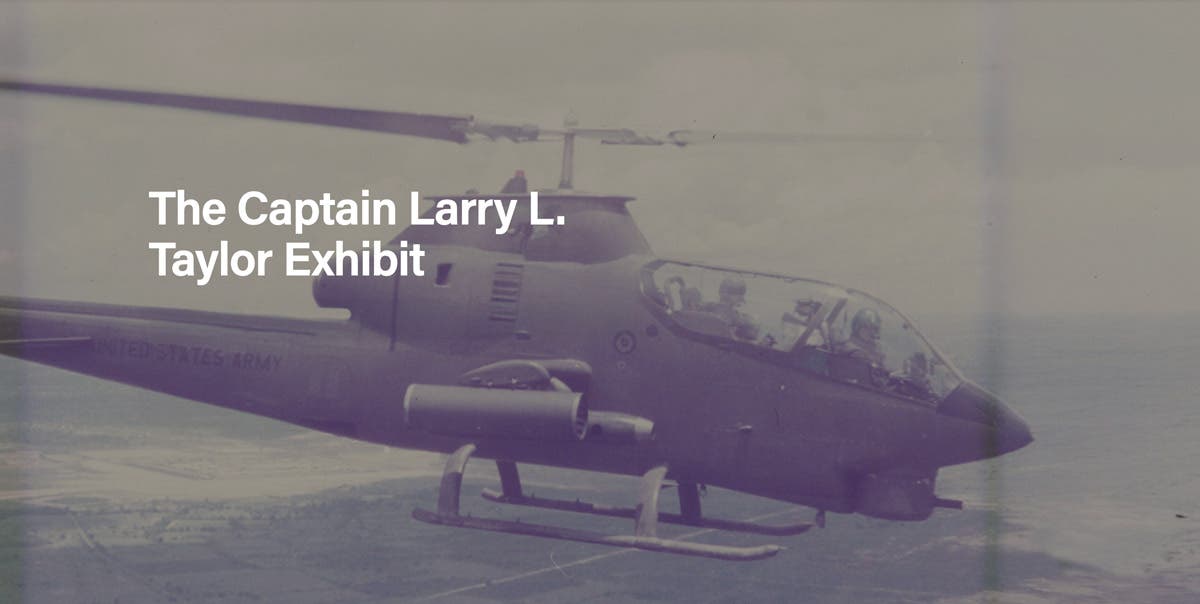A WWI Digger’s Uniform
During the course of World War I, more than 330,000 troops were sent from Australia to fight overseas, primarily in the trenches of France and Belgium. Of this number, 59,341 died as a result of combat, wounds or disease. Horace Tasman Stuart, young man from Tasmania, Australia, was one of these casualties. However, he was to leave a legacy in the shape of his military uniform–an item, which commemorates both him and his Battalion comrades.
During the course of World War I, more than 330,000 troops were sent from Australia to fight overseas, primarily in the trenches of France and Belgium. Of this number, 59,341 died as a result of combat, wounds or disease. Horace Tasman Stuart, young man from Tasmania, Australia, was one of these casualties. However, he was to leave a legacy in the shape of his military uniform--an item, which commemorates both him and his Battalion comrades.
Group photo of Australian 40th Battalion officers at Claremont Camp, just outside Hobart, Tasmania in 1916. The Battalion Commander, Lt Col John Lord, is seated centre. Although not in the photograph, Stuart would have been well known to Lord.
Stuart's uniform recently fell into the ownership of a very fortunate, fellow collector who, although wishing to remain anonymous, wished to share Stuart's story. Preserved as it was, the uniform is as clean and fresh as the day it was purchased. The insignia looks as bright as if it had been applied yesterday. This is a unique item of Australian militaria, the likes of which are unlikely to be seen again!
A KEEN SOLDIER
Horace Tasman Stuart was born in Launceston, Tasmania, around early November 1896. He enlisted in the Australian Imperial Force (AIF) on March 7, 1916, in Hobart, the capital of Tasmania. He was then aged 19 years and 4 months and measured 5-foot 7-1?2 inches in height. Despite his youth, he had already spent 3 years service in the senior cadets and 10 months in the 91st Infantry regiment, a pre-war local militia formation. His experience must have counted for something, as he was promoted straight to Company Sergeant-Major on 21st May whilst still in training at Claremont Camp, just north of Hobart.
It was during this early part of 1916 that Australia was raising the 3rd Division, AIF. It was destined for service on the Western Front. Horace joined the 40th Battalion, one of four Battalions to make up the 10th Brigade. Theoretically, an Australian Battalion's strength numbered anywhere from 550 to 1,000 men. Usually, Battalions' numbers were made of men from various Australian states, but the 40th Battalion was made up entirely of Tasmanians.
ON TO WAR
Horace and his Battalion embarked from Hobart on July 1, 1916, arriving in England on August 28. Subsequent training and preparation of the Battalion was undertaken on Salisbury Plain in Wiltshire, England. On October 7, Horace was promoted to 2nd Lieutenant. Presumably, it was shortly thereafter that he went to London to be outfitted in his new uniform.
A photo portrait postcard of Lt Horace Stuart dated Dec. 5, 1916, shows him wearing the uniform. At this time, he was stationed in Armentieres. Note the style and cut of the uniform--very British, as is the custom of holding a walking cane.
Australian uniforms invariably followed the same design as their British counterpart. After all, the two countries had a long and enmeshed military and cultural connection since Australia was settled, back in 1788. Whereas the Australians were closely allied to Britain, they did wish to be recognized as a separate force. Hence, there were some minor differences between the uniforms of English and Australian. This occurred mainly in the forms of subtle color differences in uniform fabric and the addition of badges and insignia. The "Rising Sun Badge" and slouch hat for example, were to become, from this time onwards, items always synonymous with Australian soldiers.
Horace Stuart's uniform as it is today--remarkably well preserved and looking as it would have in 1916!
Sometime in late October or early November 1916, Horace went to a London photographer to pose in his new uniform. It would have coincided with his 20th birthday. The photos show a confident young man prior to his embarkation for France. His parents back home were proud to see their only son in such a handsome uniform. Sadly, Horace was not to wear it for very long.
On November 14, 1916, the 40th Battalion disembarked in Le Havre. The men spent some of the time billeted near Bailleul before marching onto Armentieres on December 2. On December 9, the 40th relieved its fellow 38th Battalion in the trenches immediately south of the River Lys and it was from this point it seems that Horace's health began to deteriorate.
Detail of the left shoulder insignia. Two pips for a 1st Lieutenant, the AUSTRALIA shoulder badge and the 40th Battalion color patch, white on red, an Australian innovation that identified the wearer's Battalion. The color of the patch is particularly striking after so many years!
The 40th Battalion diary records that winter conditions prevailed at this time and that the trenches were very wet. There were some early casualties suffered due to enemy sniper fire, but this section of the front was comparatively quiet. On December 21, Lt Stuart reported ill with what seemed to be a very bad cold. He was subsequently diagnosed with pneumonia and hospitalized. By February 24, 1917, he was evacuated from Calais and admitted to the 3rd London General Hospital in the suburb of Wandsworth. Despite the high level of care he received, Horace died at 2150 hrs on March 13, 1917. He had died from a combination of tuberculosis, pleurisy and meningitis.
EPILOGUE
Horace Stuart was accorded a funeral with full military honours comprising 40 members of a South African Regiment. The last post was played at his graveside as he was buried on March 16, 1917, at Brookwood Cemetery, near Woking in Surrey, southwest from London. About a week later, a small tin trunk, which was sealed, was sent to his father back in Tasmania. It contained, among other effects, the uniform which is the feature of this article. Interestingly, Horace was promoted to 1st Lieutenant on February 7, 1917, just a short while before he died. Yet the photo, in which he appears very healthy, clearly shows him wearing the uniform with the two pips on the shoulder, denoting 1st Lieutenant. One can only assume incorrect book-keeping for this anomaly.
Since 1917, the uniform has been wonderfully preserved. Particularly striking is the bold color remaining in the white and red color patches, usually one of the first items of insignia to fade and deteriorate.
Officially called the "Memorial Plaque," it was generally known as the "Death Plaque" and was sent to next of kin of deceased British and Commonwealth soldiers. Manufactured from brass, Stuart's measures 12.7 cm in diameter and simply bears the name (without rank) of the dead serviceman. The reverse is blank.
Charles Stuart and his wife received a good amount of correspondence and condolences concerning their son over the proceeding years, including one from the 40th Battalion's Commander John Edward Lord. Horace's death, like thousan ds of others had been untimely and had deprived him of reaching his full potential. The large, brass memorial plaque was dispatched to the Stuart family on the 4th December 1922. Horace's medals, a British War medal and Victory medal were sent to his father in early 1923. With that, the file of Lt Horace Stuart closes--yet he will be remembered for many years to come, through the wonderful uniform his family preserved!








